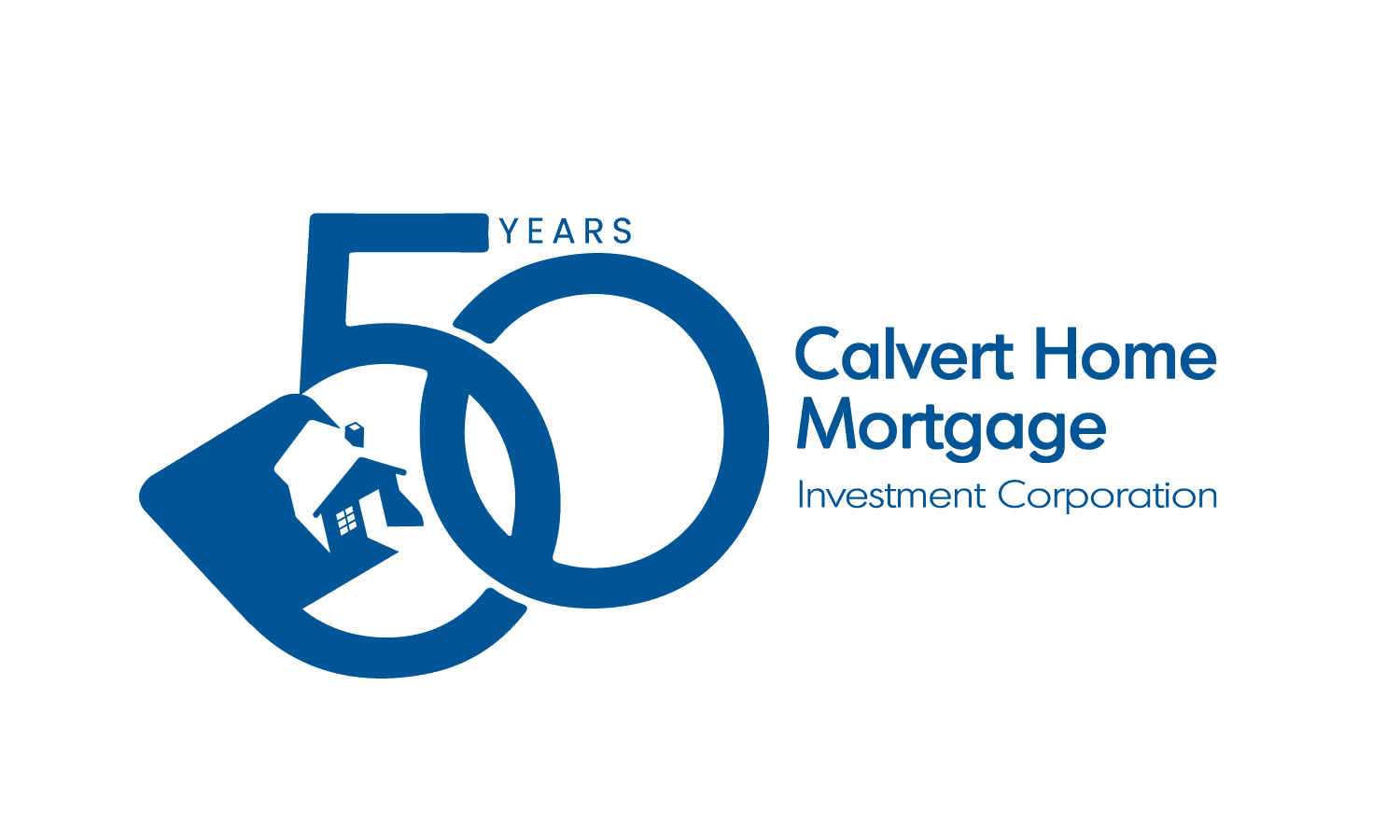By Ardith Stephanson
Bridge financing is a unique solution that can help those buying and selling property in a number of ways.
This temporary mortgage is granted to help purchasers “bridge” the gap between when an existing home sells and a new home is purchased. Bridge financing lets you use the equity in your current home to buy the new home.
Let’s take a look at the 5 key facts to know about bridge financing.
1. What is bridge financing?
Bridge financing is basically a short-term mortgage that covers the time between the sale of one home and the purchase of another. Perhaps there’s a gap between the closing dates on the two properties. Or maybe you want to move quickly to buy a property in a hot market – the bridge mortgage can enable a “buy now, sell later” situation.
Calvert Home Mortgage Investment Corporation is experienced in helping borrowers with this problem-solving financing.
“By getting this type of mortgage, you can bridge the gap between a purchase and a sale or refinance,” says Rob Maver, an underwriter at Calvert Home Mortgage. “The homeowner uses the equity in the current home to make a down payment on the new home, rather than having to wait for the existing property to sell. Once your property sells, the bridge mortgage is paid off from sale proceeds or by way of refinance.”
2. When can bridge financing help?
There are a number of situations that you may want to consider bridge financing a mortgage:
• You can take possession of a new property before the sale of the old one, so you have more time to move.
• Perhaps you have children and would like more time to make the transition.
• Maybe you just want to avoid the chaos of handling both properties in a 24-hour time frame.
• A hot market might make it necessary to place an offer on a new home before your home sells.
• You will have the time and resources to make upgrades to the new home before moving in.
• You need help to refinance, for instance, if you can’t qualify for a mortgage until the other mortgage is paid out.
“There are also times that possession dates are placed in contracts without consideration of the financing implications,” Maver says. “This is a way that we can help clients buy time to bridge their sale and the purchase.”
3. How does bridge financing work?
These mortgages are short-term fixes. Maver has done 1-day deals, up to 90-day deals.
Here’s an example.
House A is a new home that becomes yours on December 1.
House B is the home you currently live in, the sale of which will close on December 15.
Because of the gap between your move to house A and the time you’ll get money from the sale of House B, you need to borrow the down payment for House A by tapping into the equity in House B for a short-term “bridge” mortgage.
When you get paid out on December 15, you pay off that short-term mortgage.
Or, if you can’t qualify for a full mortgage until House B sells, you can still cover the down payment on House A by tapping into the equity in House B for a short-term “bridge” mortgage.
The underwriters at Calvert Home Mortgage work with clients to make this happen. This type of loan is not always accessible from traditional lenders.
“We want to make sure our client is in a position to succeed,” Maver says. “This is business we are used to conducting, and we can find creative solutions for clients to make it work.”
Typically, lenders require the purchaser to show that the down payment has a 90-day accumulation, meaning the money has been in a bank account for a minimum of 90 days. As a result, many banks and other lenders won’t provide this bridge or short-term type of solution. Instead, the typical lending institution is where a home buyer will get a long-term mortgage.
As an alternative lender, Calvert Home Mortgage’s business is short-term lending, and they have been doing it for years.
“We offer speed and flexibility,” Maver says. “Many deals can be underwritten in one business day, so the borrower can get their commitment letter quickly. If the property listed is sold or there is a refinance, there is flexibility to manage the situation.”
4. Is bridge financing expensive?
The bridge financing cost to the client varies. Mortgage financing options depend on the duration of the mortgage, for instance.
“We offer fair, flexible pricing,” Maver adds. “The length of use of the funds borrowed, and the loan value, contribute to pricing. We will only commit to mortgages that add value to our client’s situation.”
5. Who can use bridge financing to their advantage?
Bridge financing is geared to the everyday borrower, when a family wants more time to move or needs some help bridging different possession dates.
But Calvert Home Mortgage will also work with real estate investors to provide bridge financing in certain situations. Real estate investors involved in flipping properties, or in a BRRR (Buy, Renovate, Rent, Refinance) business can use this option too.
“When there’s multiple properties at play, we can come up with creative solutions to help support their business,” Maver says. “The speed we can offer with a fast turnaround time lets us put together a deal to help flippers achieve what they’re looking to get done.”
In that situation, an investor can leverage the properties they flip for additional financing prior to selling. Calvert Home Mortgage will work with a client to come up with flexible solutions for flip financing, like using the equity in a property to buy another, or access funds for renovations so they can continue their business without interruption.
“Bridge financing is available as a solution anywhere we lend, in Ontario and Alberta,” Maver adds. “This is the type of loan we are really excited about. We think this can be a real benefit to clients, from individual homeowners to real estate investors.”
The Bottom Line
When you’re buying a new home and selling your current one, there are times when possession dates don’t match. There are also times when you need to cover a down payment before getting paid for the house you’re selling.
Bridge financing is a unique short-term lending solution that can help homeowners “bridge” the gap between possession dates. It can also help real estate investors who are in the business of flipping properties, or renovating them to rent.
As a successful alternative lender, Calvert Home Mortgage can help. Calvert Home Mortgage has been supporting investors since 1975 in Alberta, and has recently made a successful expansion in the Ontario market. Contact one of the experienced Calvert underwriters for more information on bridge financing and other lending solutions.
Ardith Stephanson is a freelance writer and journalist who writes on a variety of topic areas.




